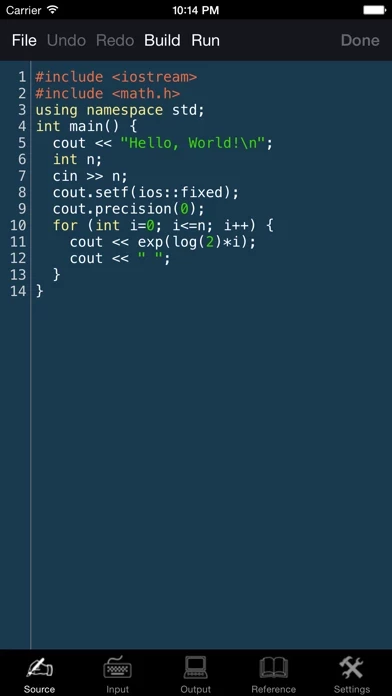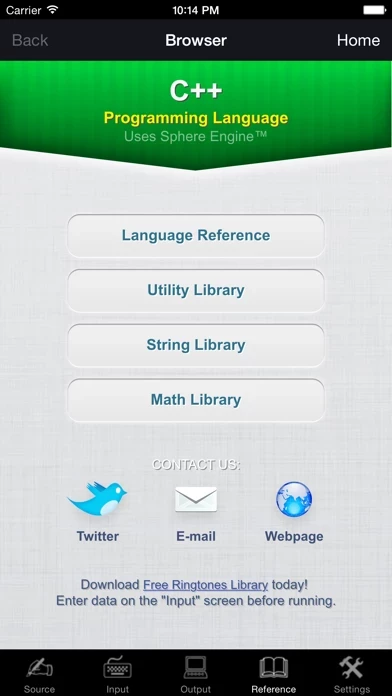Stroustrup found that Simula had features that were very helpful for large software development, but the language was too slow for practical use, while BCPL was fast but too low-level to be suitable for large software development.
In 1985, the first edition of The C++ Programming Language was released, providing an important reference to the language, since there was not yet an official standard.
Programming language is a perfect tool for studying, complex mathematical calculation, entertainment and many other useful tasks.
C++ is one of the most popular programming languages with application domains including systems software, application software, device drivers, embedded software, high-performance server and client applications, and entertainment software such as video games.
The idea of creating a new language originated from Stroustrup's experience in programming for his Ph.D. thesis.














